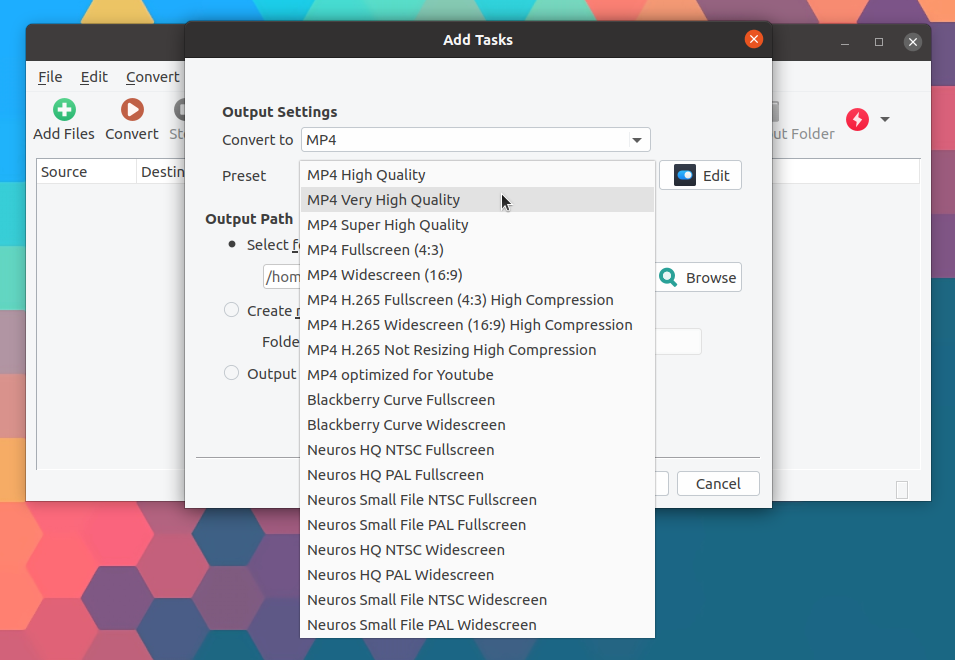
Alternatively, the more flexible scale filter can be used instead. The -s option rescales the pictures to the desired resolution to manage the size of the resulting video.

Adding -r as an output option will change the framerate of the output if you need it to be different than your -framerate value. The -framerate 3 option sets the framerate of the resulting video to 3 frames per second so that I can see each still for a short period of time. I use the following one liner to get a slower frame rate and to compress the images and have a smaller resulting video: ffmpeg.exe -f image2 -framerate 25 -pattern_type sequence -start_number 1234


Building on Mike's answer above, there are some other useful switches that also work on the Windows solution.


 0 kommentar(er)
0 kommentar(er)
